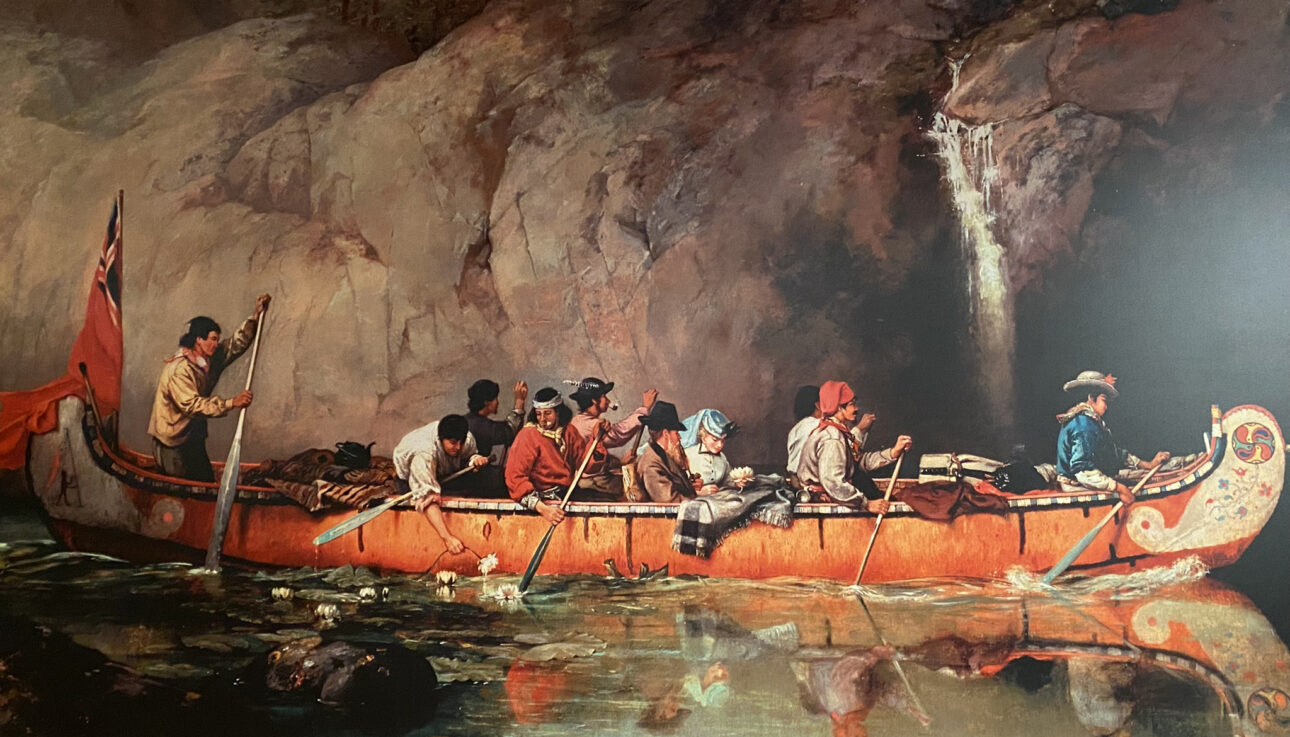Canada. The second largest country in the world, encompassing over 3.8 million square miles from the Atlantic to the Pacific. Who were the first people to set foot on this land? How did the arrival of the Europeans change the world? How was life back then, and how did we get to where we are today? I find the story of history in the Americas very interesting, and it is a great start to those who want to learn the history of the world.
Table of Contents
First Peoples of Canada
From the beginning of sustained contact between the first peoples of Canada and the newcomers from Europe in the 16th century, the economic, social and political relationships that developed were complex in nature. The people who lived on this land today were the Indigenous People. When the European explorers arrived, the way of life for the Indigenous people changed, as the two communities needed to find ways to coexist. With such encounters, Indigenous leaders would present prestigious objects to their European counterparts in keeping with their ancient gift-giving ceremonies. These meetings also marked the beginnings of a period of rapid loss to First Nations culture. The arrival of the Europeans was what started the life that would eventually become what we have today in Canada. Indigenous peoples of Canada include the First Nations, Metis and Inuit peoples who have helped shape Canada’s cultural identity.
The First People of Ontario: 9000-6000 BC
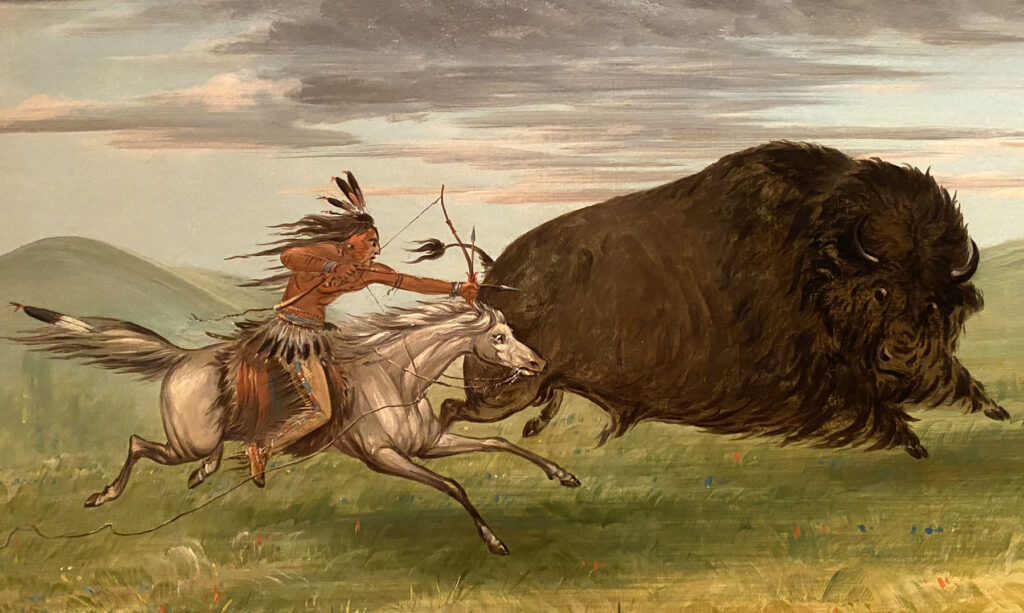
The first residents of southern Ontario lived in an environment very different from the present day. Only recently free of ice cover, the climate and terrain of this region more closely resembled the present-day Canadian North. These early peoples lived in small, mobile family groups.
Men hunted for, and trapped, small animals such as caribou and mammoth. Women were essential partners with distant activities, such as tanning hides, sewing clothes, preparing food, and collecting seasonally available plants.
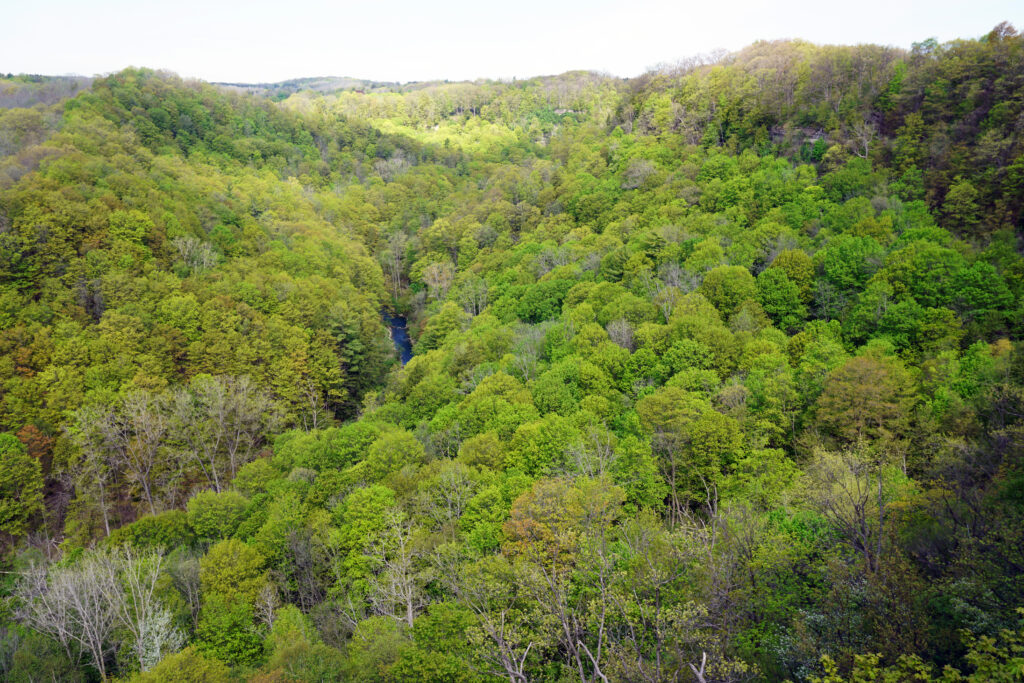
Exploring Forests and Lakes: 6000-1000 BC
As the climate warmed gradually and modern forests emerged in Southern Ontario, the land and water provided an abundance of food resources including large mammals such as moose, deer, birds and many varieties of fish. Men made dugout canoes by using hollowed trees, and water travel became possible.
Although people still lived in small family groups, the overall population was increasing.
Settling in: 1000 BC – 900 AD
During this period, First Peoples in Ontario began the intensive gathering and processing of plants such as nuts and wild rice. These people proved to be reliable, easy stored and hearty food sources, particularly during the winter months. There is evidence that rituals and social activities became more elaborate and complex during this period.
Village Life: 900-1652 AD
The cultivation of corn, beans and squash by the Iroquoian peoples of southern Ontario led to the development of large villages comprising numerous longhouses. The people in one village were members of the same tribe, although changes in the decorative style of pottery vessels indicate occupation by different tribes over time. Iroquoian Longhouses measuring over 100 meters x 7 meters wide, often served as home to several related families. When a woman married, her husband came to live in the longhouse of her family. Important political and ceremonial events were held in the largest house in the village.
By 1615, Europeans were present in Southern Ontario.
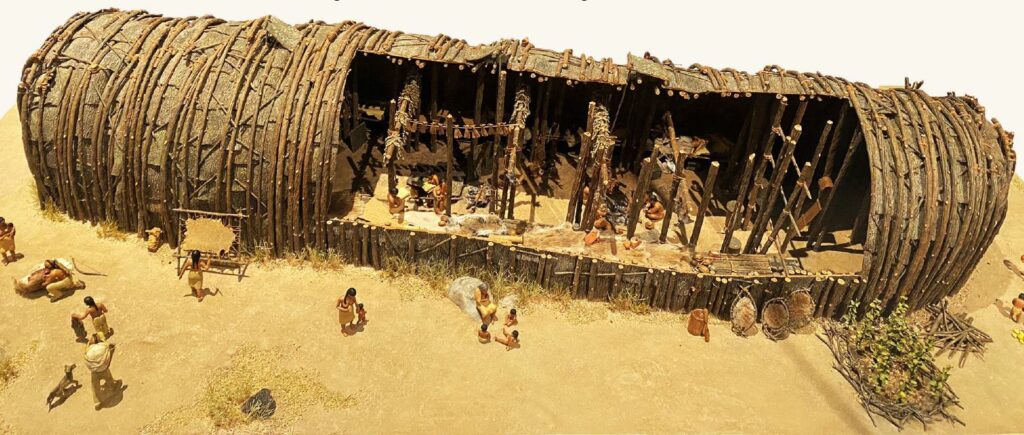
Origin of the Métis
The French word “Métis” means “mixed blood”. Métis people are of mixed European and Indigenous ancestry. The start of the Métis population in Canada started in the 1700s when fur traders from France and Scotland married Aboriginal women. Their descendants formed a distinct culture. Distinct communities of Métis people developed along the fur trade routes. The Métis developed their own unique language and culture and are one of the three recognized Indigenous peoples in Canada.
One of the famous Métis people was Louis Riel, who eventually became the leader of the Métis in western Canada, and founded the province of Manitoba.
Life of Indigenous People in the Mountains
The Indigenous people of western Canada were referred to as Dakelhne. The Dakelh homeland had settlements situated along the rivers of British Columbia. Dependent upon rich fish resources, particularly salmon, the Dakelhne lived in semi-sedentary villages from which hunters would disperse to pursue mammals such as mountain goat, beaver and caribou.
Dakelh social structure consisted of a noble and commoner classes. They had the sole right to oversee the use of hunting areas and the privilege to use hereditary names. The public distribution of material wealth reinforced nobility status and validated personal and ancestral privileges. They would wear insignia distinctive of their rank and headdresses, as a symbol of Dakelh nobility.
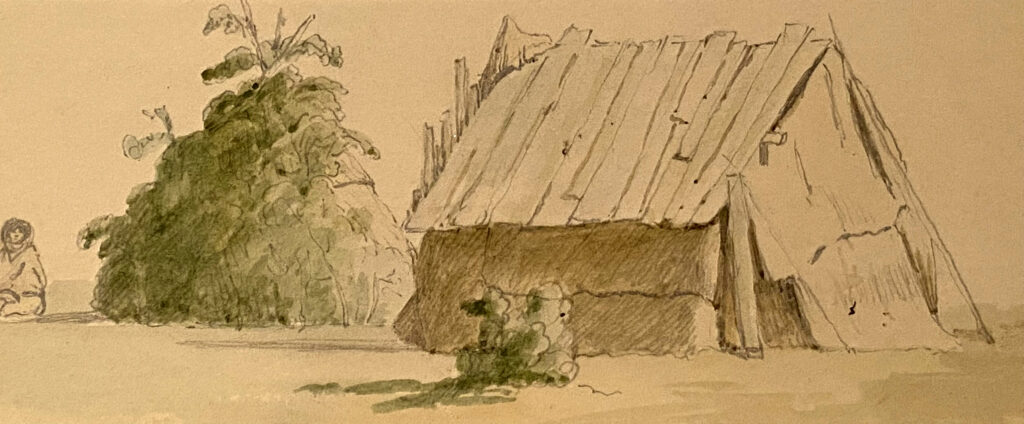
The Indigenous people of North America were very resourceful and incredibly innovative. They hunted and gathered, and used seasonal ingredients to prepare food using simple methods, usually without salt and sugar. Meats were simply smoked and dried slowly to preserve them. The entire animal would be used for clothing, fishing hooks, thread and tools
Birchbark Canoes: an Essential Mode of Transportation
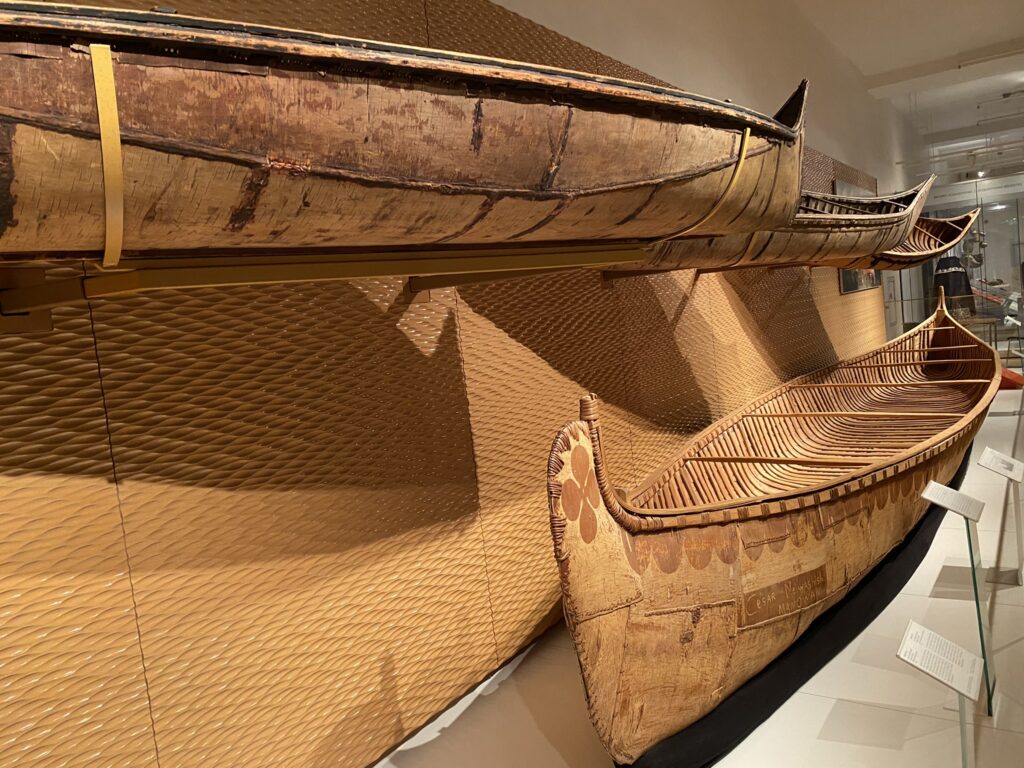
In the 1730s, based upon the design of the Old Style, the canoe was introduced in response to a need for greater carrying capacity required by trade demand. At that time, it was an essential mode of transportation among the native hunters of Canada. More than any other form of transportation, the large trade canoe was responsible for spreading European influences across the country. It was ideal during the ice-free season for hunting, moving between camps, and also trade. The Europeans had also brought with them a heaving rowing craft, but they were poorly suited for navigating the country’s narrow rivers and swift rapids. The canoe was made in a variety of styles to suit both lake and river travel.
Some canoes were also used along the larger river and lake routes. Paddled by a crew of 8-10 individuals, they would carry up to 4 tons of cargo weight. They played a crucial role in Canada’s economic, social and political development.
The canoes only faded from use after the introduction of the railway, followed by the airplane. Today, only 4 full-sized canoes from the 1800s have survived, and 2 have since been destroyed by fire.
The history of the Indigenous people is still being explored today, and they were the people who created the life we have today in Canada, our home and native land. It is incredible to look at life now and imagine the life back then, especially between 6000 BC-1500 AD when the ancient worlds as well as new styles of life (such as Medieval and Renaissance) were flourishing in Europe, Africa and the Middle East, yet in North America life was just starting. There is historical evidence on the Indigenous people at many museums across Canada, and I hope to visit more of them and be able to keep writing about this topic.

